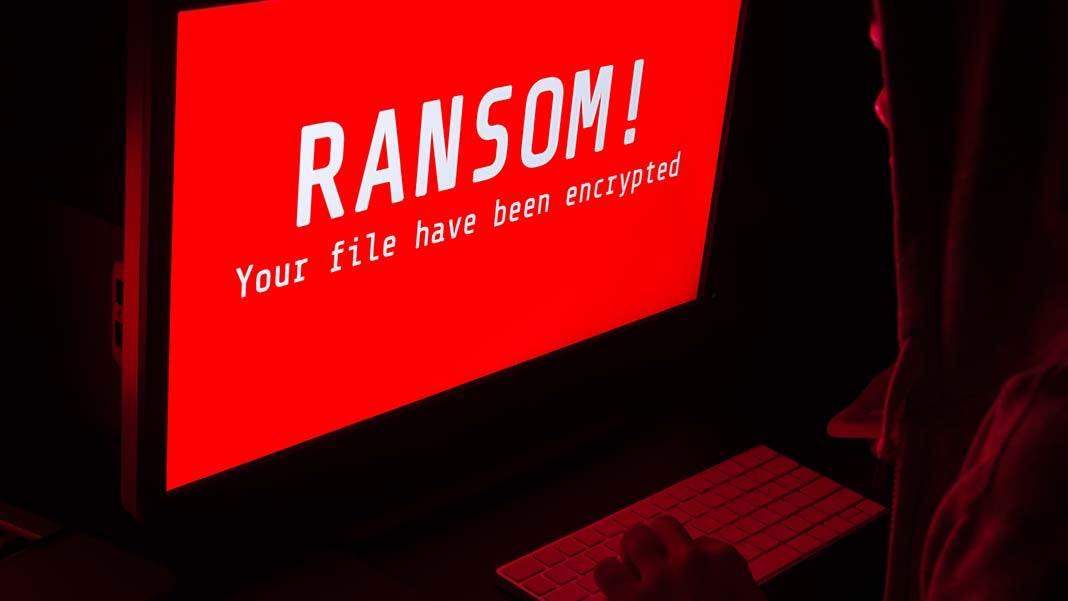
Ransomware attacks are a big threat to businesses of all sizes. Contrary to common belief, small businesses are a hacker’s biggest target. Hackers know that small businesses don’t have strong cybersecurity, and it’s easier to find and exploit vulnerabilities.
Most businesses never fully recover from ransomware attacks. The damage is just too great. A ransomware essentially holds all files and systems hostage until the victim pays a ransom. However, there’s no guarantee that paying a ransom will get your files decrypted.
While these attacks can completely destroy a business, that doesn’t have to happen. Some businesses are walking away from ransomware attacks unscathed.
Proper backup and recovery systems are the key to beating a ransomware attack
It’s entirely possible to be unaffected by a ransomware attack. With the right backup and restoration plan in place, you won’t flinch when faced with a ransom demand. For instance, Invision – an IT business out of Kansas City – had a backup system that enabled them to ignore a ransom demand.
You need an air-gapped backup system to recover from ransomware
Invision was using a double data backup protocol that included an air-gapped tape machine. Air-gapped tapes save data in a way that protects data from ransomware attacks. For example, at various intervals, the machine goes offline. Offline backups can’t be accessed by hackers through the internet.
With the air-gapped method, you’ll always have at least one backup that is offline and physically separated from your primary backup. Your offline backup can’t be hacked or corrupted over the internet.
With an air-gapped backup system, even if one backup contains malware, you’ll have additional offline backups created prior to the infection. In some cases, you might lose a small amount of data, but it won’t be catastrophic.
How do ransomware attacks happen?
You’ll find many people who say that ransomware attacks are getting more sophisticated and nearly impossible to prevent. However, that’s only partially true. An actual attack might not be easily prevented, but that doesn’t mean you have to be affected.
Ransomware attacks happen in three main ways:
- Phishing and spear-phishing schemes. In a phishing attack, a user downloads an infected file from an email attachment. Opening the file runs a software program that installs the ransomware on the machine.
- Users click malicious links. When a user clicks on a malicious link embedded in a website or email, a package is downloaded to their computer that installs the ransomware.
- Users visit a malicious website. Sometimes, all it takes to install ransomware on a machine is visiting a website with malicious code. Users don’t have to click on a link or download anything.
4 steps to avoid a ransomware attack
The damage from a ransomware attack can range from a mild inconvenience to a catastrophic disaster, depending on your level of preparedness. Since most attacks are caused by user error, the simplest actions can help prevent an attack.
- Install software updates and patches immediately
Software vulnerabilities are a major cause for ransomware attacks. If you don’t update and patch your software, you’re leaving your installation wide open for attacks.
Keep track of all the software you use and make sure you install updates and patches when they are released. Once a vulnerability is discovered in an application, word spreads, and hackers start looking for vulnerable installations.
- Use access management tools for your network
Access management can go a long way in protecting your network from ransomware. Protect your company network with software that automatically verifies users by device, not just by their login credentials.
Also, make sure you’re using software that automatically restricts access by user groups. Don’t give anyone access to more files and folders than they require to do their job.
- Create a strong IT security policy with training and enforcement
Having security software is important, but you also need a company-wide policy governing access. For example, it’s wise to prohibit sharing credentials in any circumstance.
A recently terminated employee might ask to borrow credentials from another employee before their termination is known. Cyberattacks and data theft from fired employees is common.
Your IT security policy is only as strong as your enforcement. Make sure to set an example and enforce every aspect of your cybersecurity policy.
- Use a strong backup and recovery system
A strong backup and recovery system is the most important aspect of surviving and recovering from a ransomware attack. If you’re hit by an attack, a backup system can save your business.
Don’t let a ransomware attack take you down
Although ransomware attacks can potentially destroy a business, it doesn’t have to happen to your business. Get prepared today and help your business walk away from a future ransomware attack.
2290 Views












